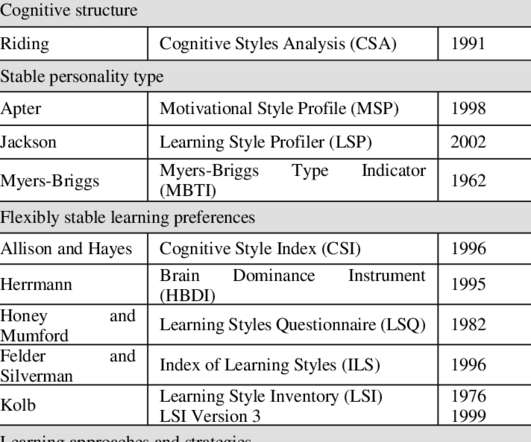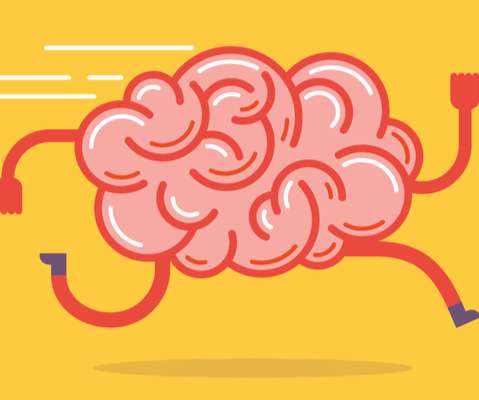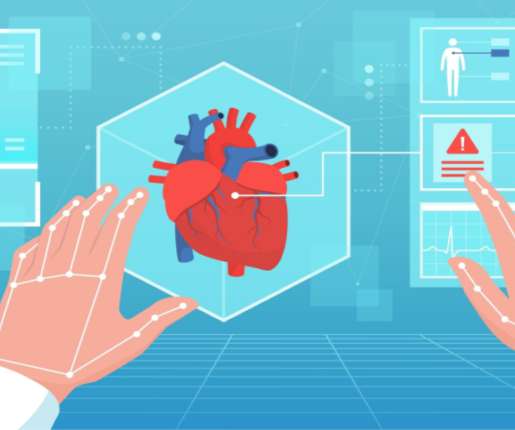Motivation and Success from the Brain’s Perspective: Test Your Knowledge
KnowledgeOne
APRIL 13, 2023
More recently, neuroscience has provided new keys to understanding the phenomenon based on the observation of its mechanisms in the brain. A) Before making an effort, the brain makes a cost-benefit assessment. B) In the brain, effort results in the activation of the prefrontal cortex. CORRECT ANSWER C. .”






































Let's personalize your content